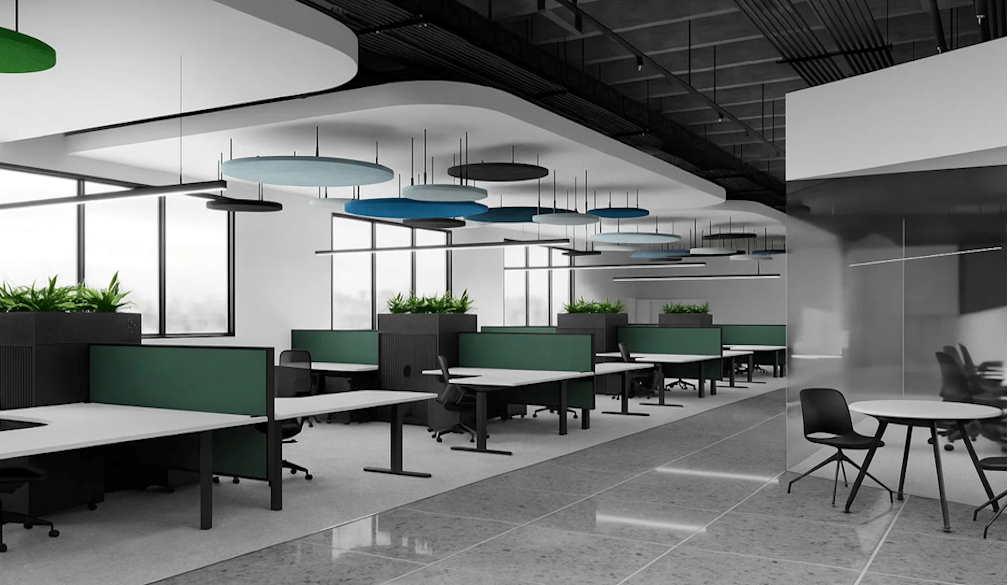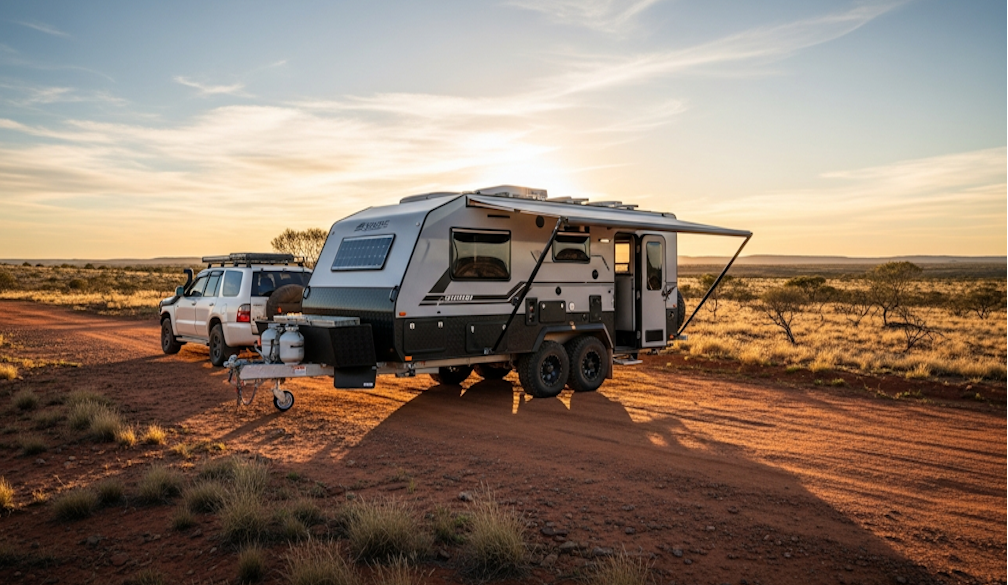Quietly Productive: How Smart Design and Flexible Furniture are Transforming Australian Offices in 2026

For decades, Australian workplaces have been shaped by the open-plan office. Once celebrated as the ultimate collaboration hub, it is now being questioned for its flaws — most notably, noise and inflexibility. The constant hum of conversation, the clatter of keyboards, and the buzz of meetings often bleed into each other, making focus a scarce commodity. Add in the hybrid work era — where spaces must quickly adapt to changing team needs — and the traditional office model starts to look outdated.
As we move into 2026, businesses are rethinking how their spaces function. Two design strategies are emerging as essential: sound management through acoustic solutions and flexibility through adaptable furniture. Together, they are reshaping offices across Australia to support productivity, wellbeing, and smarter use of space.
The Hidden Cost of Noise in Australian Workplaces
Noise is not just a mild annoyance — it is a major productivity killer. Studies consistently show that workers exposed to uncontrolled noise experience:
- Up to 30% reduction in performance on tasks requiring concentration.
- Increased stress and fatigue, which accumulate into burnout over time.
- Higher rates of absenteeism and lower job satisfaction.
For industries such as finance, healthcare, and education, the impact is particularly pronounced. Teachers lose valuable instruction time when classrooms echo, accountants and analysts make more errors in noisy settings, and doctors struggle with documentation amid constant interruptions.
The financial cost of noise is striking. Global estimates suggest billions of dollars are lost each year due to reduced concentration in office environments. For an Australian SME, even a modest 10% productivity dip per staff member can quickly translate into thousands of dollars in lost value annually.
Acoustic Solutions Made Easy
In the past, acoustic treatments were associated with large construction budgets or high-end architectural firms. Today, this has changed. A new wave of affordable, stylish, and easy-to-install solutions is available to businesses of all sizes.
One of the most effective developments has been the rise of acoustic wall tiles peel and stick. These lightweight tiles are adhesive-backed, which means they can be installed in minutes without professional help or disruption to office operations. Businesses can reduce echo and dampen distracting sounds while also enhancing the aesthetic of meeting rooms, breakout areas, or classrooms.
Beyond noise absorption, modern acoustic tiles are available in various colours, textures, and geometric designs. This allows organisations not only to tackle noise but also to reinforce brand identity and workplace culture. Some companies use acoustic walls as statement pieces that double as functional art, a far cry from the bland cubicle dividers of the past.
For schools, councils, and small businesses, this shift is transformative. It makes acoustic improvement accessible to those with limited budgets, enabling them to create healthier and more productive environments without large-scale renovations.
Why Flexibility Matters in Modern Workspaces
While controlling noise is crucial, it is only half the battle. Modern offices also need to adapt to constant change. With hybrid work entrenched, spaces often serve multiple purposes in the same week — or even the same day.
A boardroom might double as a training venue. A school hall might transform into a council chamber for evening meetings. Even co-working spaces in Melbourne or Sydney must reconfigure daily to suit shifting team sizes.
Enter versatile furniture. The fold away office table is a standout in this movement. Designed for mobility and storage, these tables can be folded, nested, and wheeled away when not in use. Instead of wasting square metres on static furniture, businesses can create dynamic layouts on demand.
Fold away tables also tick the sustainability box. Organisations don’t need to buy multiple sets of furniture for different purposes — one adaptable solution is often enough. This reduces waste, lowers procurement costs, and fits neatly into the growing corporate push toward greener practices.
How Australian Organisations Are Adapting
Across the country, examples of acoustic and flexible furniture adoption are multiplying:
- Education: Universities are installing acoustic tiles in study halls and pairing them with fold away tables to create rooms that transition between lectures, workshops, and exams.
- Healthcare: Clinics are using acoustic panels in waiting rooms to reduce stress and improve patient privacy. Portable tables allow for quick reconfiguration of consultation or treatment areas.
- Government: Local councils are rolling out multipurpose chambers where fold away tables can accommodate everything from planning meetings to community events.
- SMEs: Start-ups in Melbourne’s Docklands and Sydney’s tech hubs are using acoustic partitions to carve out quiet zones within bustling co-working floors, while modular tables make limited office footprints work harder.
The pattern is clear: organisations that invest in employee comfort and adaptability are seeing gains in productivity, retention, and collaboration.
The 2026 Outlook: What’s Next in Workplace Design
Looking ahead, acoustic solutions and flexible furniture are set to move from “nice-to-have” to “must-have.” Four trends are driving this momentum:
-
Hybrid permanence
The hybrid model is not going away. Offices will continue to need to balance digital meetings with in-person collaboration. Acoustic control ensures clear communication, while flexible furniture supports rapid reconfiguration. -
Sustainability pressure
With government and investor scrutiny mounting, businesses will increasingly be asked to justify their environmental impact. Furniture that serves multiple purposes, like fold away tables, reduces procurement waste. Many acoustic tiles are now manufactured from recycled PET plastics, ticking ESG boxes. -
Employee expectations
Younger generations entering the workforce expect quiet, ergonomic, and adaptable spaces as the norm. Companies that fail to provide them risk losing talent to competitors who do. -
Tech integration
The next wave will integrate acoustics and flexibility with technology. Think fold away desks with built-in power modules or acoustic panels embedded with sound-masking systems.
Conclusion
The future of office design in Australia is about creating spaces that enable focus, collaboration, and adaptability. The combination of acoustic solutions and flexible furniture represents a practical, affordable, and scalable way to achieve that.
Whether it’s acoustic wall tiles peel and stick bringing quiet back into classrooms or the fold away office table unlocking multi-use spaces in busy offices, these tools are setting the standard for 2026 and beyond.
Ultimately, investing in these innovations is not just about office aesthetics. It is about supporting the wellbeing of employees, improving productivity, and ensuring Australian organisations remain competitive in a fast-changing economy.





